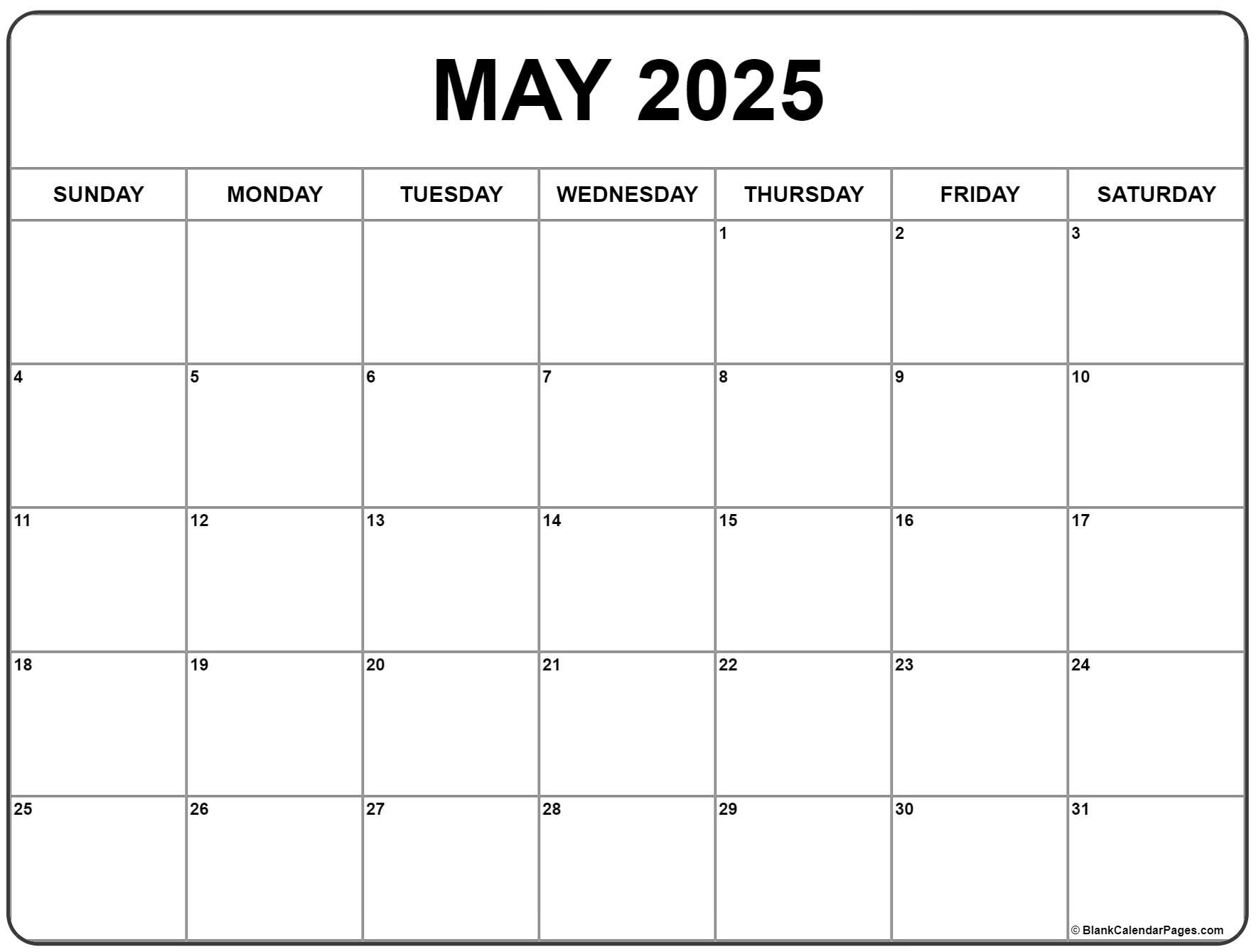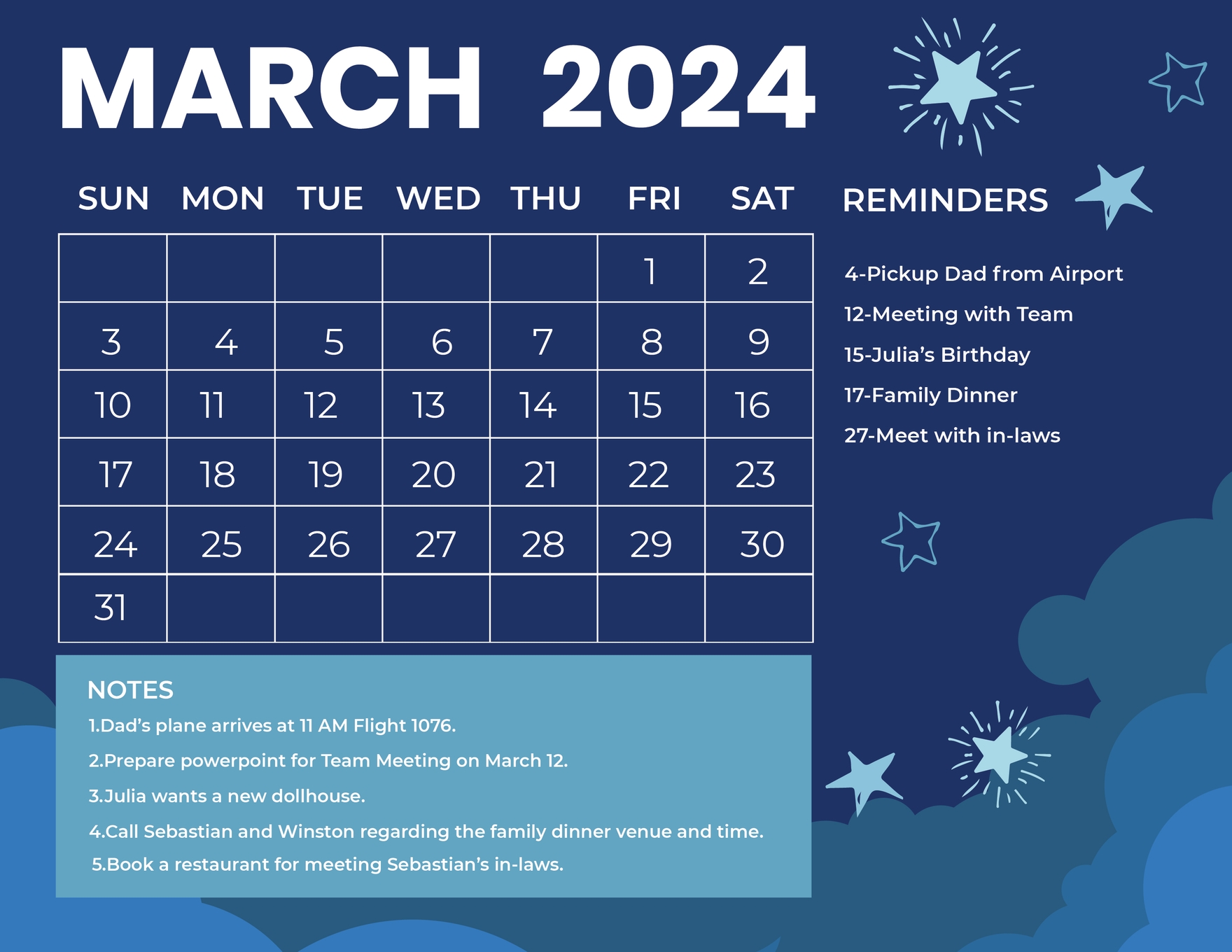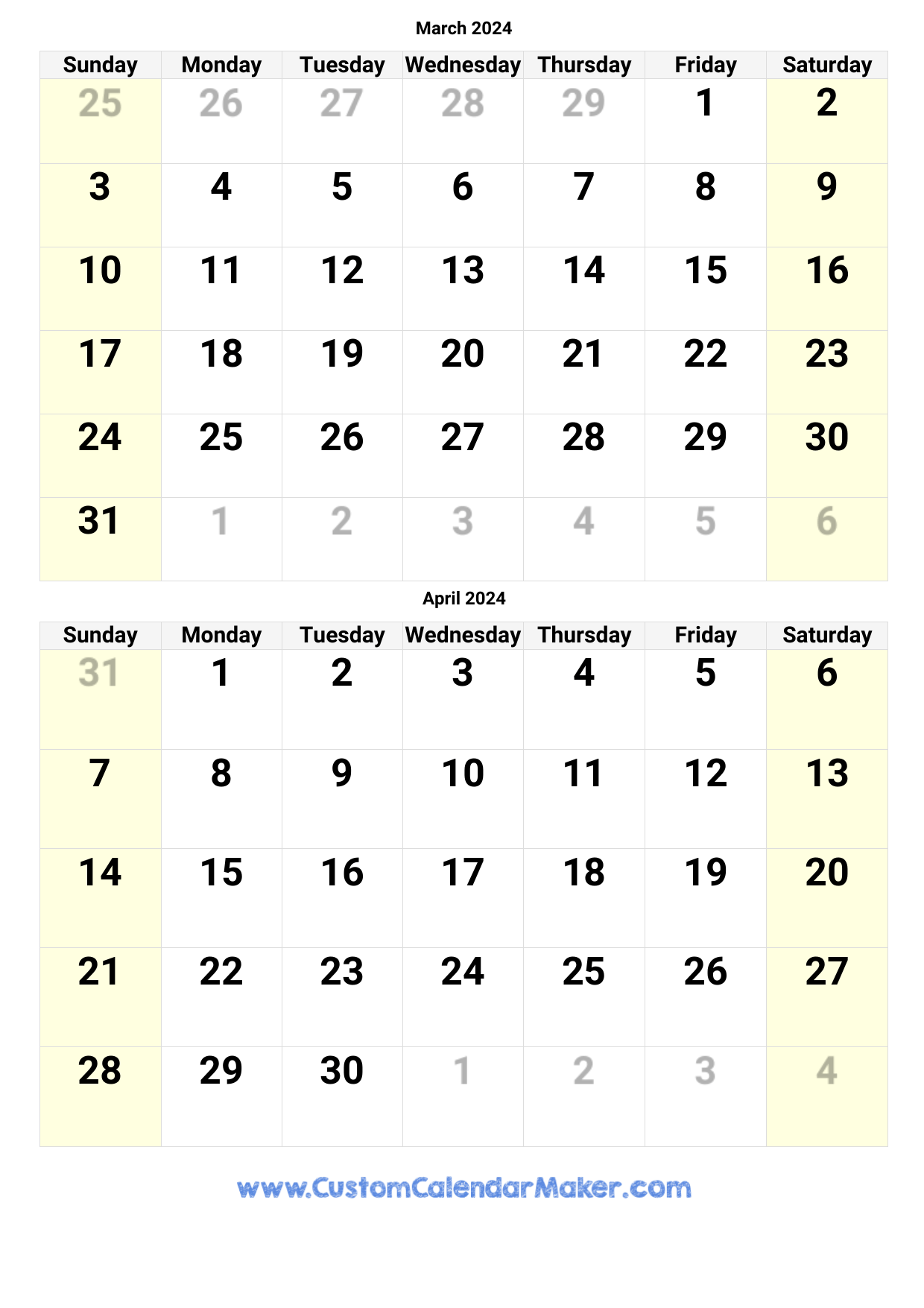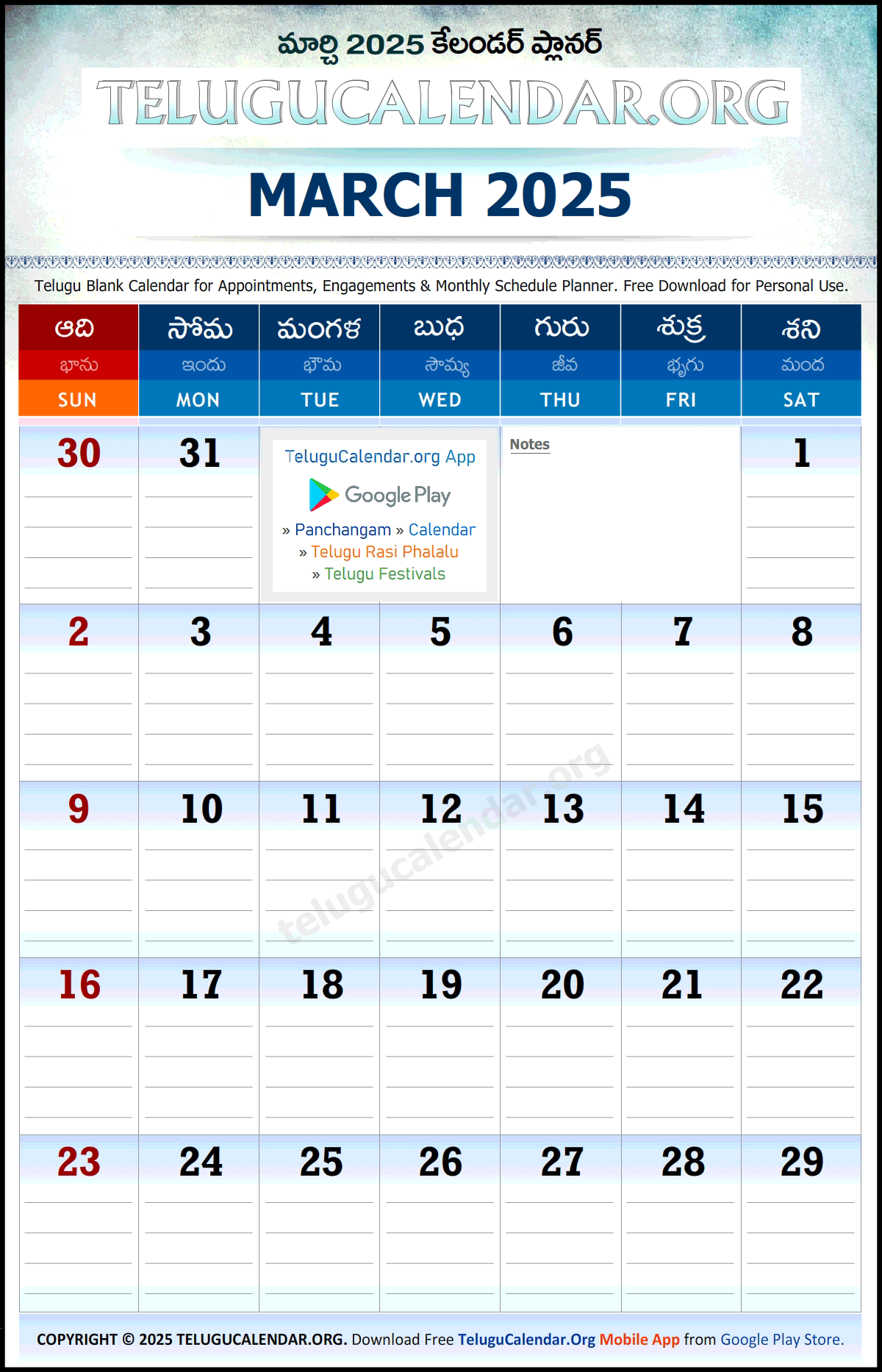May 2025 Calendar Versus March 2024 Calendar
A Comparative Glance: May 2025 Calendar vs. March 2024 Calendar – Similarities, Differences, and Implications

Calendars, seemingly simple grids of dates, hold a surprising amount of influence over our lives. They structure our schedules, dictate deadlines, and even subtly impact our perception of time. Comparing two seemingly disparate months, like May 2025 and March 2024, reveals fascinating insights into the cyclical nature of time and the practical implications of calendar variations. This article delves into a detailed comparison of these two months, exploring their structural similarities and differences, and considering the potential impact on planning and scheduling.
Structural Similarities and the Gregorian Framework:
Both May 2025 and March 2024 operate within the framework of the Gregorian calendar, the internationally accepted standard. This means both months share fundamental structural similarities:
- Number of Days: Both months have 31 days. This consistent number simplifies scheduling and planning, allowing for predictable rhythms in monthly activities.
- Weekdays: While the specific day of the week for each date differs, both calendars follow the same seven-day cycle of Sunday through Saturday. This predictable pattern is crucial for aligning weekly schedules and routines.
- Monthly Structure: Both months adhere to the standard Gregorian calendar structure, with weeks running from Sunday to Saturday and days arranged in rows and columns. This uniform structure makes it easy to visually compare and contrast the two months.
Key Differences: Day of the Week Alignment and Leap Year Influence:
Despite the shared Gregorian framework, significant differences emerge when comparing the day-of-the-week alignment of May 2025 and March 2024. These differences stem from the inherent complexities of the Gregorian calendar, particularly its leap year system.
-
Starting Day: The most noticeable difference lies in the starting day of the week. March 2024 begins on a Friday, while May 2025 commences on a Thursday. This seemingly small variation significantly impacts the alignment of weekdays throughout each month. For instance, the first Friday of March 2024 falls on the 1st, whereas the first Friday of May 2025 falls on the 2nd. This seemingly minor shift ripples through the entire month, affecting the scheduling of recurring events, meetings, and deadlines.
-
Leap Year Impact: The difference in starting days is partly influenced by the fact that 2024 is a leap year, adding an extra day (February 29th) to the calendar. This additional day subtly shifts the alignment of days in subsequent months, leading to the variation between March 2024 and May 2025. Without the leap year, the alignment would be slightly different.
-
Holiday Alignment: The difference in weekday alignment can also affect the positioning of holidays and significant events. If a holiday falls on a specific weekday in March 2024, it will likely fall on a different weekday in May 2025. This can have practical implications for planning celebrations, school breaks, or business operations.
Implications for Planning and Scheduling:
The differences between the May 2025 and March 2024 calendars have practical implications for various aspects of planning and scheduling:
-
Recurring Events: Organizations and individuals with recurring events scheduled on specific weekdays will need to adjust their plans when transitioning between these months. For example, a weekly meeting held every Friday in March 2024 will need to be scheduled for a Thursday or Friday depending on the desired consistency in May 2025.
-
Project Management: Project managers need to account for the day-of-the-week shift when planning projects spanning both March 2024 and May 2025. Deadlines and milestones might need to be adjusted to accommodate the altered weekday alignment.
-
Resource Allocation: Businesses and organizations that allocate resources based on weekly or monthly cycles need to consider the day-of-the-week shifts when forecasting resource needs for both March 2024 and May 2025.
-
Travel Planning: Travel arrangements, especially those involving international flights or conferences, are significantly affected by the calendar alignment. The day of the week for travel dates can influence flight availability, hotel bookings, and overall travel costs.
-
Educational Institutions: Schools and universities need to carefully consider the weekday alignment when planning academic calendars, exam schedules, and holiday breaks. The shift in weekdays can influence the distribution of teaching days and student workload across the academic year.
Beyond the Practical: Psychological and Cultural Considerations:
While the practical implications of calendar differences are significant, it’s also worth considering the subtle psychological and cultural aspects.
-
Perception of Time: The changing alignment of weekdays can subtly influence our perception of time. The shift from one month to another, particularly with differing weekday alignments, can highlight the passage of time and the cyclical nature of our schedules.
-
Cultural Events: Many cultural events and festivals are tied to specific dates and weekdays. The shifting weekday alignment can impact the experience of these events, influencing their accessibility and overall impact.
-
Personal Routines: Individual daily and weekly routines are deeply intertwined with the calendar. The shift in weekday alignment can require adjustments to personal schedules, potentially causing minor disruptions or requiring conscious adaptation.
Conclusion:
The seemingly minor differences between the May 2025 and March 2024 calendars highlight the intricate nature of timekeeping and its profound impact on our lives. While the Gregorian calendar provides a stable framework, the subtle variations in weekday alignment between months necessitate careful planning and adaptation. Understanding these differences is crucial for effective scheduling, resource allocation, and navigating the complexities of everyday life, from personal routines to large-scale organizational projects. By acknowledging these differences and proactively adjusting our plans, we can harness the power of the calendar to maximize efficiency and minimize disruption. The seemingly simple act of comparing calendars reveals a deeper understanding of time’s intricate dance and its influence on our daily lives.







